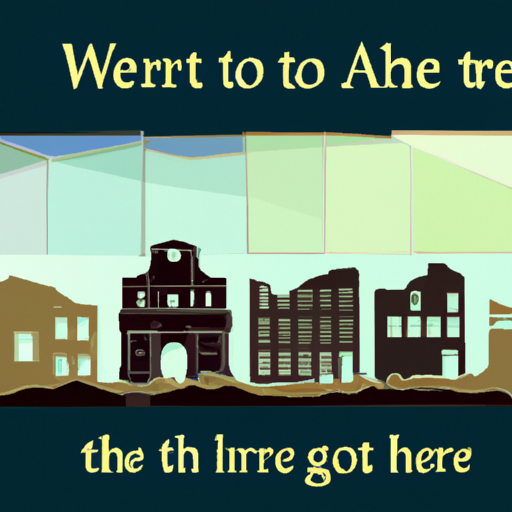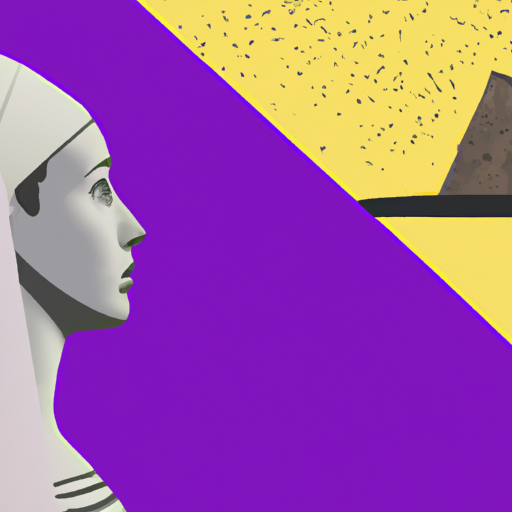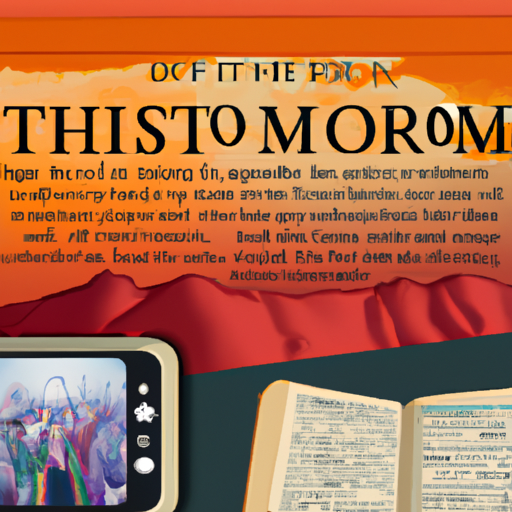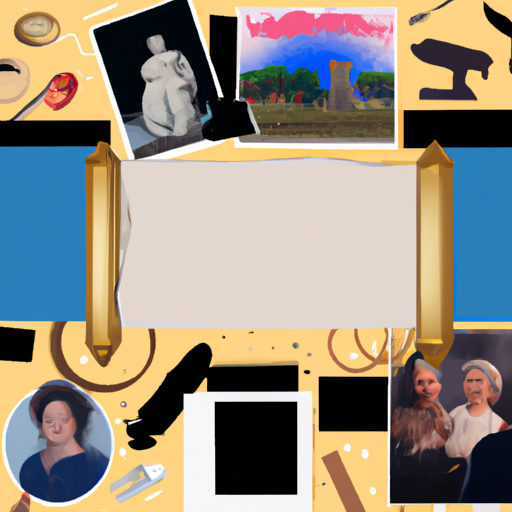A Look at Viking History: What Did They Do With Their Dead?
Delve into the past and uncover the ways in which the Vikings commemorated their deceased. Uncover the rituals and practices that were used to pay tribute to those who had passed on. Unearth the secrets of how these ancient people paid homage to their dearly departed. Learn about the beliefs and customs that surrounded these funerals, and find out what made them so special.
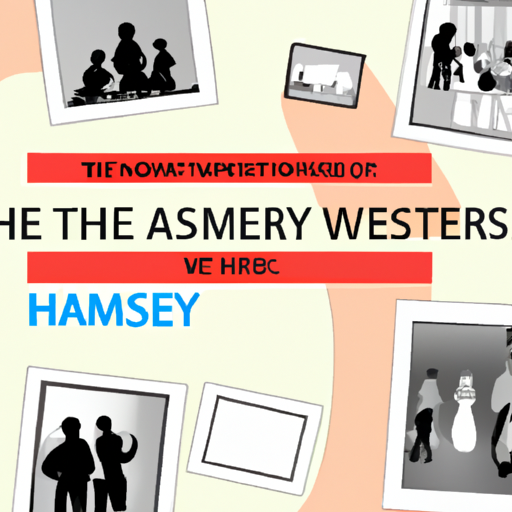
For centuries, the peculiar funerary practices of the Vikings have captivated the minds of historians. It is thought that their unique ritual was essential for a successful transition into the afterlife. The corpse was often placed in a boat, accompanied by weapons and other items believed to aid in its journey. This vessel was then set alight and sent out to sea while a ceremony took place on land. During this time, relatives and friends would commemorate the deceased through songs and stories.
In addition, food and drink were provided at the funeral feast as nourishment for the soul’s voyage. Offerings such as coins, jewelry, or weapons were also put on or near the body before burial. Some of these objects were even buried with them so they could take them along to the next life.
The Viking funeral was an important part of their culture, providing us with an invaluable glimpse into their beliefs about death and what lies beyond it.
.
Introduction

An enigmatic people of the sea, the Vikings of Scandinavia in the Middle Ages had a profound reverence for their dead. Burials varied depending on social standing and beliefs, with some of the wealthy or important being laid to rest with their possessions, while others were cremated and cast off into the waves. On occasion, slain warriors were even put on display for all to witness. It was thought that by burning the deceased on a funeral pyre, their souls could be guided to the afterlife. Regardless of how they chose to commemorate their dear departed, it was clear that the Vikings held them in high regard.
– History of Viking Funeral Practices
A practice of long ago, Viking funerals were a way to send off the dearly departed with grandeur, a ritualistic chant or song paying tribute to their life and accomplishments. The body was placed atop a burning pyre of wood and combustible materials, with accompanying items such as weapons, tools, and jewelry burned alongside it. It was thought that burning away the physical body would protect those left behind from any evil spirits seeking revenge. Ashes were often scattered over water or land for further honoring. These ceremonies provided closure for family and friends who had been impacted by the loss of their loved one.
Though no longer common today, Viking funeral practices remain in our collective memory, an important part of our shared history which we can look back on with respect and admiration for those who came before us.
– Examining the Archaeological Evidence of Viking Burial Customs
Examining the past of Viking burial customs, archaeology has revealed an array of grave goods, such as weaponry, adornments, and more. These objects give us a window into the Viking’s ideas and rituals concerning death and the life after. Plus, archaeological findings have exposed that the Vikings would often lay their dead in ships or vessels fashioned like ships. This may have been a representation of their faith in a journey to Valhalla in the afterlife. Other burial traditions included burning and entombment within mounds or barrows. Through these practices, the Vikings sought to pay tribute to their gone family members and guarantee their safe transfer to the other side.
– Assessing the Impact of Viking Death Rituals on Medieval Europe
Death was an integral part of Viking culture, and their rituals and customs left a lasting impression on medieval Europe. From the burial of weapons and jewelry to gatherings of friends and family to share stories, the Vikings had a profound effect on how death was viewed in the region. Burial practices such as these spread across many cultures, inspiring Christian funerary customs like wakes and memorial services. Even today, many Scandinavian funerals still include elements reminiscent of Viking traditions. Through examining their death rituals, we can gain insight into how our ancestors honored their dead and embraced mortality as part of life’s journey.
– An Overview of Viking Death and Burial Rituals in Scandinavia
The mysteries of death and burial rituals in Scandinavia, practiced since the Viking Age to this day, offer a unique insight into the values and beliefs of this ancient culture. Funerals were typically held either at sea or on land, depending on the status of the deceased. If they died at sea, their bodies were placed in a boat with weapons, tools, food and other items for use in the afterlife. On land, graves were marked by large rune stones inscribed with information about the deceased.
Before being laid to rest in a wooden coffin or casket, the body was dressed in fine clothing and jewelry. Animal sacrifices such as horses and dogs were also common during Viking funerals; these animals were buried alongside their owners to accompany them into the afterlife.
It was believed that if proper respect was paid to those who had passed away, they would be rewarded with a place in Valhalla – an eternal paradise where they could feast with Odin and other gods forever. To ensure safe passage across Bifrost Bridge – the bridge to Asgard (the home of gods) – many Vikings placed coins or jewelry inside their coffins as payment.
These death and burial rituals give us an interesting glimpse into this ancient culture’s views on life after death. As we continue to uncover more information about these practices, we can better understand how these people lived both while alive and after death.
– Investigating the Historical Significance of Viking Cemeteries and Burial Sites
Exploring the mysterious Viking cemeteries and burial sites scattered across Europe and Scandinavia can offer a unique window into the lives and beliefs of these ancient peoples. Unearthing artifacts from these gravesites can provide invaluable information about their rituals surrounding death, religious practices, diet, clothing styles, weaponry and more.
Analysis of grave goods can give us an understanding of how the Vikings viewed death and what kind of afterlife they believed in. For example, some graves contain items that indicate the deceased was a warrior or leader, suggesting that they were honored in death by their community. Other graves may contain evidence that suggest religious beliefs such as those related to Odinism or paganism.
In addition to giving us insight into Viking culture, investigating these burial sites also reveals how they interacted with other cultures during this period. By studying the artifacts found in these graves we can gain an appreciation for not only Viking culture but also their place in history.
Overall, examining Viking cemeteries and burial sites is essential for gaining a better understanding of these ancient people and their legacy.
conclusion

Vikings were said to have a profound reverence for the ones who had passed, with numerous customs and rituals to commemorate them. A few of these practices included cremating the body and sending it off in a boat or placing it into the sea, as well as burying them with items that were meant to accompany them in their journey beyond. Despite there being much still unknown about their burial rites, what is known is that they held their predecessors in high esteem and paid tribute to them in ways that have been remembered throughout time.
.
Some questions with answers
Q1. What did Vikings do with their dead?
A1. Vikings typically buried or burned their dead.
Q2. How did the Vikings bury their dead?
A2. The Vikings usually buried their dead in shallow graves, sometimes with grave goods such as tools, weapons, and jewelry.
Q3. How were Viking funeral rites performed?
A3. Funeral rites for the Vikings often involved burning or burying the body, along with a variety of rituals and ceremonies to honor the deceased.
Q4. Was cremation common among the Vikings?
A4. Cremation was also practiced by some Viking cultures, though it was less common than burial.
Q5. What is the historical evidence for Viking funerary practices?
A5. Archaeological evidence suggests that Viking funerary practices varied widely across different regions and cultures, but typically involved burning or burying the body along with grave goods and other ritualistic elements.
